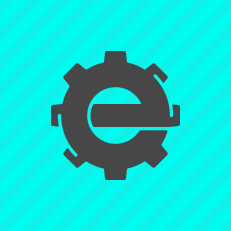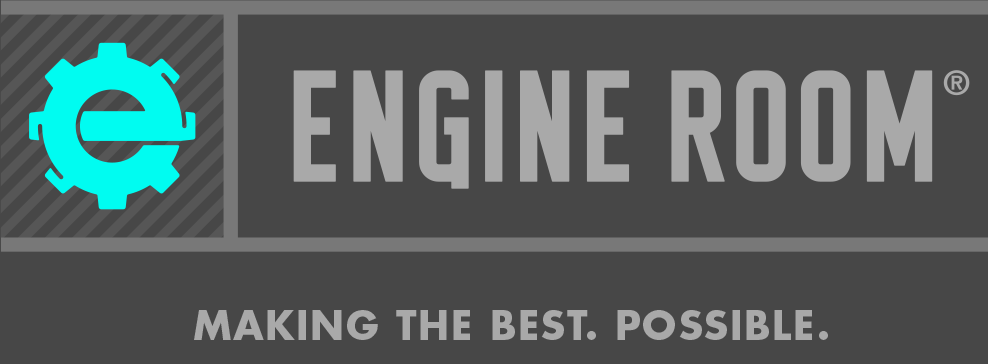
Personalization is an essential strategy for increasing sales - if you’re not currently utilizing it, you’re missing out. By tailoring your message to each customer based on their behaviors, preferences, and history, you can create a more engaging customer experience and drive more sales without spending a considerable amount on marketing. In this blog, we'll explore what it is, why it matters, and how you can use it to increase sales.
Understanding Personalization
Personalization is the process of tailoring your marketing messages to individual customers based on their unique characteristics, preferences, and behaviors. This can include their purchase history, browsing history, demographics, and more. This process can apply to many parts of your business, from website personalization to email messages and social media activity.
Personalization is important because it increases the chance that your customers will make a purchase - this is particularly true when tailoring messages for e-commerce. When customers feel like you understand their needs and preferences, they're more likely to engage with your brand, whether by following you on social media, signing up for an email list or newsletter, downloading a whitepaper, or making a purchase. In addition, personalization builds trust and understanding between you and your customers, converting them into buyers and loyal customers. It can also help you identify opportunities to cross-sell or upsell to customers once you’ve made the initial sale.
Collecting Customer Data
You’ll need to collect data on your current or potential customers to personalize your marketing messages. Of course, your business determines what kind of data you’ll want to collect, but you can benefit from knowing anything from ages to geographic locations to hobbies to buying behavior. Various ways to collect customer data include website tracking, customer surveys, social media monitoring, and third-party data providers.
When you’re collecting data directly from customers through something like a survey, there is always a risk of people misreporting their habits. But often, you can get the most granular data when you can tailor a survey to include the exact questions you want to ask. In addition, you will probably want to use a CDP (customer data platform) for help gathering, cleaning, organizing, and protecting the data you collect. You can also collect customer data by having them use online tools on your website, such as home equity loan calculators or tuition cost calculators.
Analyzing Customer Data
To analyze customer data, you'll need to use data analytics tools. There are many ways to analyze customer data; your specific techniques will depend on your business and marketing goals. CDPs are also excellent tools for personalization and analyzing customer data. You can gain insights into your customers’ behavior, preferences, and needs by analyzing customer data. This will help you tailor your messaging and build an authentic customer relationship. For example, suppose you know what a customer has purchased previously. Then, you can send them targeted offers or recommendations for similar products or other complementary items that accompany their purchase.
Personalizing Your Marketing Messages
There are various ways to personalize your marketing messages, including targeted email subject lines, CTAs, and product recommendations. For example, you might use a different email subject line for customers in various stages of your company’s lifecycle. Suppose you’re promoting a webinar - in the subject line for someone who has already attended your online class, you will write something like “Like our Wine School courses? Here’s another one!” and for those who have never attended one of your webinars, you would write something like “Get 10% off your first course.” This differentiation can be applied in infinite ways across every type of content you put out, from emails to website personalization to CTAs.
You’ll need to analyze their performance to ensure your messages are effective. And what you interpret will depend on the type of customization you use. For example, if you tailor your email subject lines like the example above, you will analyze the click-through rates. On the other hand, if you are tailoring content on your website, you will use a pixel to track conversion rates, analyzing what customers click on and how they navigate to your website page (were they on Instagram or Facebook? Did they click on an ad?).
Implementing Personalization Across Your Business
To implement these techniques across your business, you'll need to start by developing a clear marketing personalization strategy. What specific results do you want to see? Then, start from there and work backward. What do you need to know about your customers to make the necessary changes? How are you going to collect that data and analyze it?
You can use various tools and technologies to facilitate personalization in your marketing, including CDPs, as discussed above, CRMs, and artificial intelligence. The email platform you use probably has some basic customization tools you can use to get started, such as using a person’s first name in an email, customizing subject lines, as discussed above, and even A/B testing various types of customization to see which works best. And the platform where you host your website may even have some website personalization capabilities.
Some best practices:
- Start with a clear strategy
- Collect accurate and relevant customer data
- Ensure data privacy and security
- Leverage data analytics to gain insights
- Personalize experiences across all channels, e.g., email, website, and social media
- Continuously test and optimize your experiences
- Monitor and analyze performance metrics to measure success
Download Engine Room’s Guide to Personalization for Digital Agencies
Personalization is a proven strategy for increasing sales. By collecting and analyzing customer data, you can tailor your marketing messages and create a more engaging customer experience. With a clear plan, the right tools, and best practices, you can implement these strategies across your business and drive more sales.
If you want to learn even more about personalization for digital agencies, you can download Engine Room’s comprehensive guide below.






